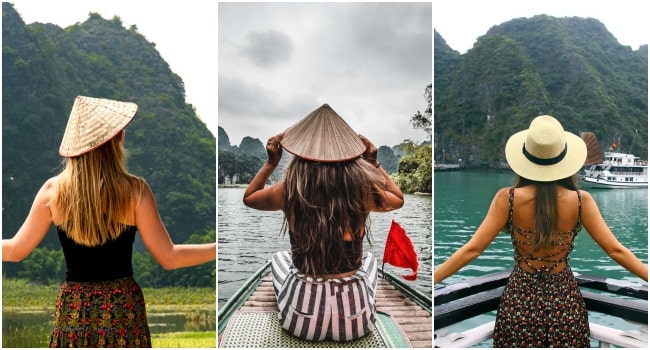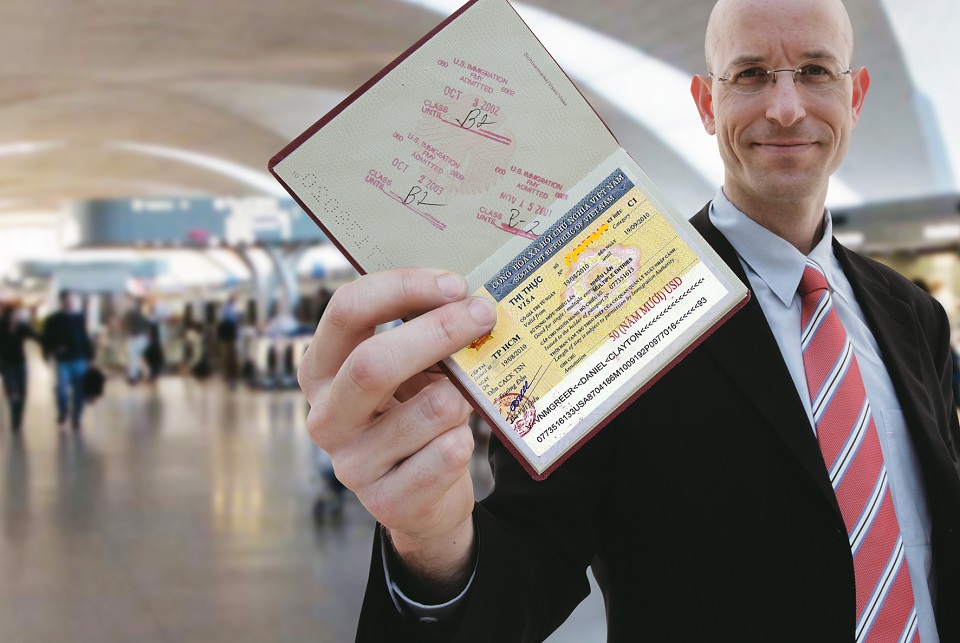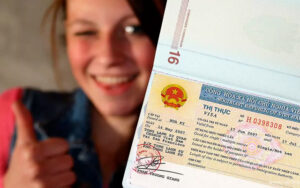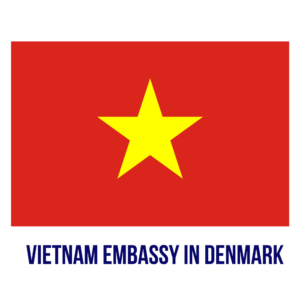Table of Contents
Introduction: Planning Your Perfect Vietnam Trip from Denmark
Vietnam is a land of contrasts—from bustling cities like Hanoi and Ho Chi Minh City to serene landscapes like Ha Long Bay and the Mekong Delta. For Danish travelers, understanding the country’s climatic diversity and cultural calendar is key to planning a seamless journey. Whether you’re seeking sunny beaches, cultural immersion, or budget-friendly travel, timing your visit correctly can make all the difference.
Understanding Vietnam’s Seasonal Variations
Vietnam’s climate is divided into three distinct zones: Northern, Central, and Southern Vietnam. Each region has its own weather patterns, making it essential to tailor your itinerary based on the seasons. Danish travelers, accustomed to cooler temperatures, might find Vietnam’s tropical humidity challenging during peak summer months. Conversely, the dry seasons offer more comfortable conditions for exploration.
Balancing Weather, Crowds, and Costs
The best time to visit Vietnam for Danish travelers often depends on personal preferences. If you prioritize dry weather and outdoor activities, Central Vietnam from February to July is ideal. For those looking to avoid crowds and save money, the shoulder seasons (April-May and September-October) offer a sweet spot. Meanwhile, cultural enthusiasts might aim for festivals like Tet (Lunar New Year) or the Mid-Autumn Festival.
Why Danish Travelers Should Consider Regional Differences
Northern Vietnam’s cooler winters (November-April) might feel more familiar to Danes, while Southern Vietnam’s dry season (November-April) is perfect for beach lovers. Central Vietnam, however, requires careful planning due to typhoon risks from August to January. By understanding these regional nuances, Danish travelers can optimize their itineraries for comfort and enjoyment.
Vietnam’s Diverse Climate: A Monthly Breakdown for Danish Visitors

Vietnam’s elongated geography means weather conditions vary drastically from north to south. Danish travelers must account for these differences to avoid unpleasant surprises. Below, we break down the climate by region and month to help you decide the best time to visit Vietnam for Danish travelers.
Northern Vietnam: Four Seasons and Mountainous Charm
Northern Vietnam, home to Hanoi, Sapa, and Ha Long Bay, experiences four distinct seasons. Winters (November-February) are cool and dry, with temperatures occasionally dropping below 10°C in mountainous areas like Sapa—a refreshing change for Danes used to chilly winters. However, fog and drizzle can obscure views in Ha Long Bay during this period.
Spring (March-April) brings mild temperatures and blooming landscapes, making it ideal for trekking in Sapa or cruising Ha Long Bay. Summers (May-October) are hot and humid, with frequent rainfall. While this season is less comfortable for outdoor activities, it’s a great time to experience lush greenery and fewer tourists.
Central Vietnam: Tropical Monsoons and Coastal Beauty
Central Vietnam, including Da Nang, Hoi An, and Hue, has a tropical monsoon climate. The dry season (February-July) offers sunny skies and warm temperatures, perfect for beachgoers and history buffs exploring Hoi An’s ancient streets. However, from August to January, heavy rains and typhoons can disrupt travel plans, particularly in October and November.
For Danish travelers, the best time to visit Vietnam’s central region is early in the dry season (February-April), when temperatures are pleasant and rainfall is minimal. Avoid late summer and fall unless you’re prepared for potential weather-related delays.
Southern Vietnam: Year-Round Warmth and Vibrant Cities
Southern Vietnam, encompassing Ho Chi Minh City, the Mekong Delta, and Phu Quoc Island, has a tropical climate with two main seasons: dry (November-April) and wet (May-October). The dry season is characterized by warm temperatures and low humidity, making it the best time to visit Vietnam for Danish travelers who prefer comfort.
The wet season brings short but intense downpours, usually in the afternoon. While this can be inconvenient, it also means fewer tourists and lower prices. Danish travelers who don’t mind occasional rain can enjoy a more authentic experience during this time.
Peak Season vs. Off-Season: Weighing the Pros and Cons for Danish Travelers

Choosing between peak and off-season travel involves trade-offs. Danish travelers must weigh weather conditions, crowd levels, and costs to determine the best time to visit Vietnam for their needs.
Advantages of Traveling During Peak Season
Peak season (December-March) aligns with the driest and coolest weather in most regions, making it ideal for sightseeing and beach vacations. However, this also means higher prices for flights and accommodations, especially around Christmas and Tet (Lunar New Year). Danish travelers should book well in advance to secure the best deals.
Another perk of peak season is the abundance of cultural events. Tet, usually in late January or early February, offers a unique glimpse into Vietnamese traditions, though many businesses close during this period.
Benefits of Off-Season Travel
The off-season (May-September) is a budget-friendly alternative, with significantly lower prices for hotels and tours. While rainfall is more frequent, it often comes in short bursts, leaving plenty of time for exploration. Danish travelers who prefer quieter experiences might enjoy this time, as popular sites like Hoi An’s ancient town are less crowded.
However, Central Vietnam’s typhoon season (August-November) poses risks, and some outdoor activities may be canceled. Southern Vietnam remains relatively accessible, with afternoon showers that rarely last all day.
Shoulder Seasons: The Best of Both Worlds
For Danish travelers seeking a balance, the shoulder seasons (April-May and September-October) offer moderate weather, fewer crowds, and reasonable prices. April and May are particularly pleasant in Northern and Central Vietnam, while September and October are great for Southern Vietnam if you don’t mind occasional rain.
Regional Variations: Tailoring Your Itinerary to Vietnam’s Different Zones
Vietnam’s regional diversity means the best time to visit Vietnam for Danish travelers varies by location. Below, we explore ideal itineraries for each zone.
Northern Vietnam: Cool Climates and Cultural Gems
Northern Vietnam is perfect for Danish travelers who enjoy cooler weather. Hanoi’s autumn (September-November) is crisp and clear, ideal for exploring the city’s French-colonial architecture and vibrant street food scene. Winter (December-February) is colder but offers stunning views of terraced rice fields in Sapa, especially if you’re lucky enough to catch a snowfall.
Summer (June-August) is hot and humid, but it’s also when Ha Long Bay is at its most scenic, with emerald waters and lush islands. Just be prepared for occasional thunderstorms.
Central Vietnam: Beaches and History
Central Vietnam’s dry season (February-July) is prime time for Danish travelers. Da Nang’s beaches are pristine, and Hoi An’s lantern-lit streets are magical. Avoid October-November due to typhoon risks, which can lead to flooding and travel disruptions.
For history enthusiasts, Hue’s imperial citadel is best visited in spring (March-April), when temperatures are mild. The biennial Hue Festival (April-May) is a cultural highlight, featuring traditional performances and art exhibitions.
Southern Vietnam: Tropical Vibes and Urban Energy
Southern Vietnam’s dry season (November-April) is the best time to visit Vietnam for Danish travelers seeking warmth and sunshine. Ho Chi Minh City’s bustling markets and rooftop bars are best enjoyed in cooler months (December-February). The Mekong Delta’s floating markets are also more accessible during this time.
Phu Quoc Island is a year-round destination, but the dry season offers the best conditions for snorkeling and beach relaxation. If you visit during the wet season, expect brief afternoon showers but also dramatic sunsets and lower prices.
Festivals and Events: Immersing Yourself in Vietnamese Culture During Your Visit
Vietnam’s vibrant festivals add a unique dimension to any trip. Danish travelers looking for cultural immersion should consider timing their visit around these events.
Tet Nguyen Dan (Lunar New Year)
Tet, Vietnam’s most important festival, is a spectacle of fireworks, family gatherings, and traditional foods. While it’s a fascinating time to visit, Danish travelers should be prepared for crowded transportation and closed businesses. Book accommodations early and embrace the festive chaos.
Mid-Autumn Festival
Held in September or October, this festival is especially enchanting in Hoi An, where lanterns light up the night sky. Danish families traveling with children will love the mooncakes and lion dances.
Hue Festival
This biennial event (April-May) transforms Hue into a cultural hub, with parades, music, and dance performances. It’s a fantastic opportunity for Danish travelers to experience Vietnam’s royal heritage.
Budget and Crowds: Optimizing Your Travel Experience as a Danish Tourist in Vietnam
Balancing cost and comfort is crucial for Danish travelers. Here’s how to make the most of your budget.
High Season Costs
December-March sees peak prices, especially around holidays. Danish travelers can save by booking flights and hotels months in advance or opting for less touristy destinations like Ninh Binh instead of Ha Long Bay.
Off-Season Savings
Traveling during the wet season (May-October) can cut costs by 30-50%. Danish backpackers and budget travelers will find hostels and tours significantly cheaper. Just pack a rain jacket and flexible itinerary.
Local Tips for Saving Money
- Eat at street food stalls (a bowl of pho costs under $2).
- Use overnight buses or trains to save on accommodation.
- Bargain at markets, but do so respectfully.
Conclusion
Determining the best time to visit Vietnam for Danish travelers depends on your priorities—whether it’s perfect weather, cultural festivals, or budget-friendly travel. By understanding Vietnam’s regional climates and seasonal events, you can plan a trip that aligns with your interests. From the cool mountains of Sapa to the sunny beaches of Phu Quoc, Vietnam offers unforgettable experiences year-round. Pack wisely, book early for peak seasons, and embrace the adventure!
`







